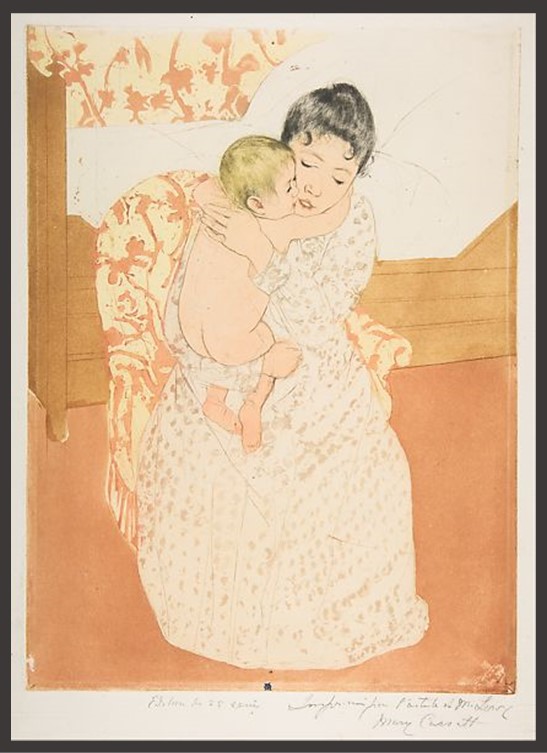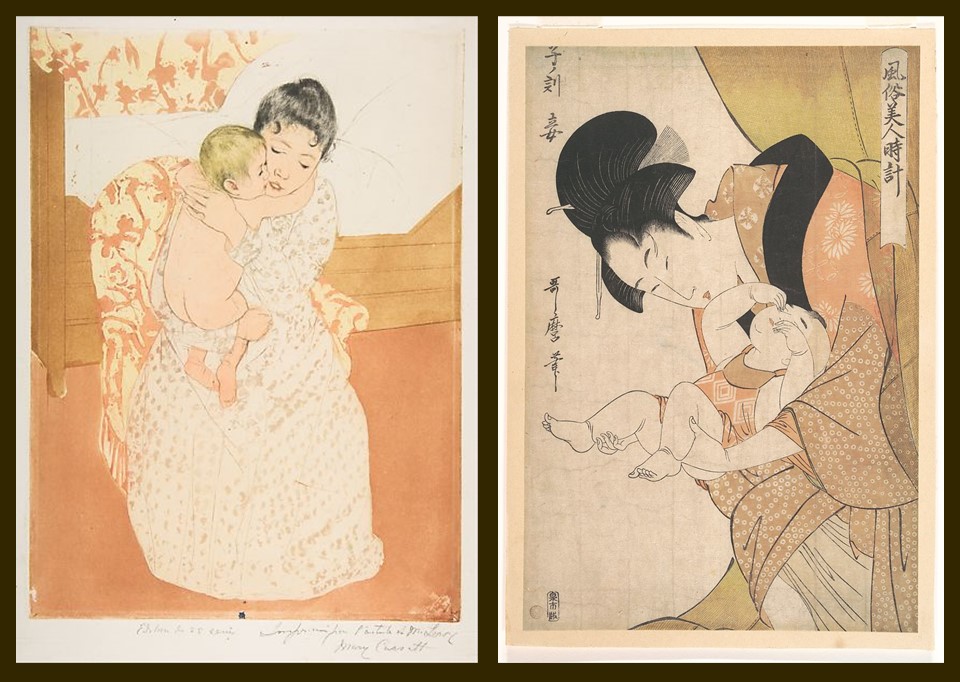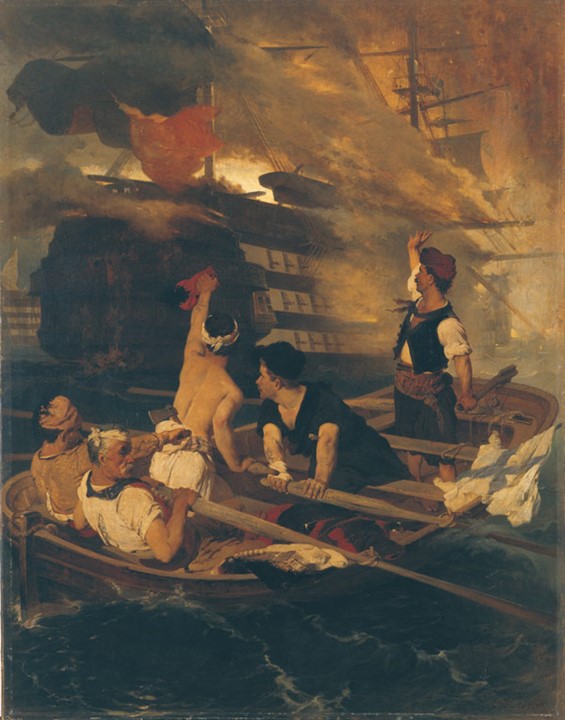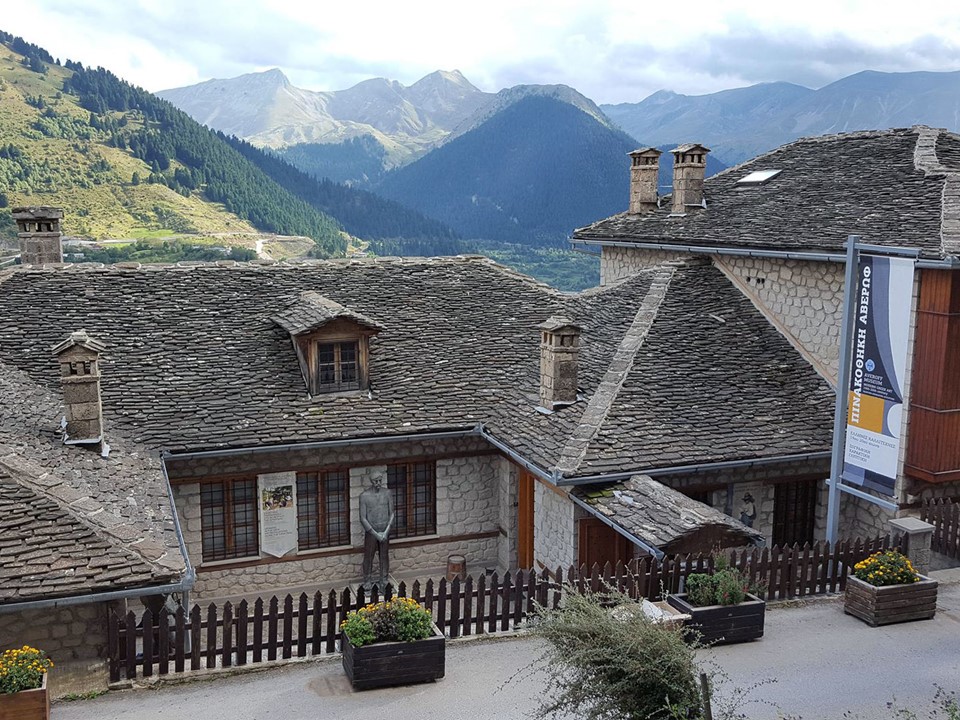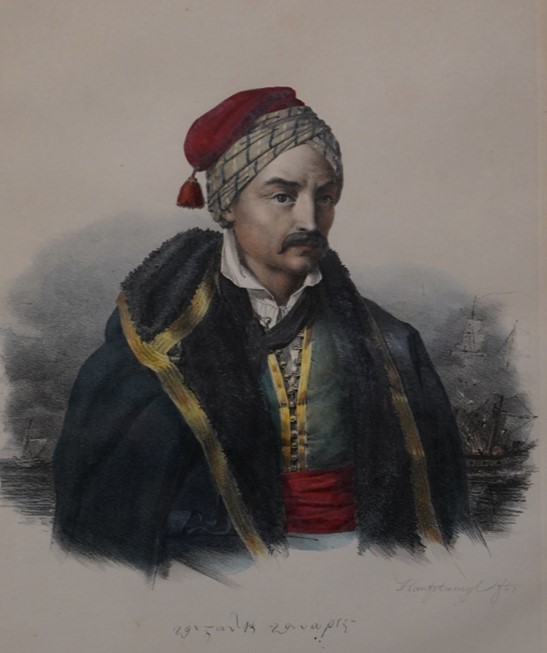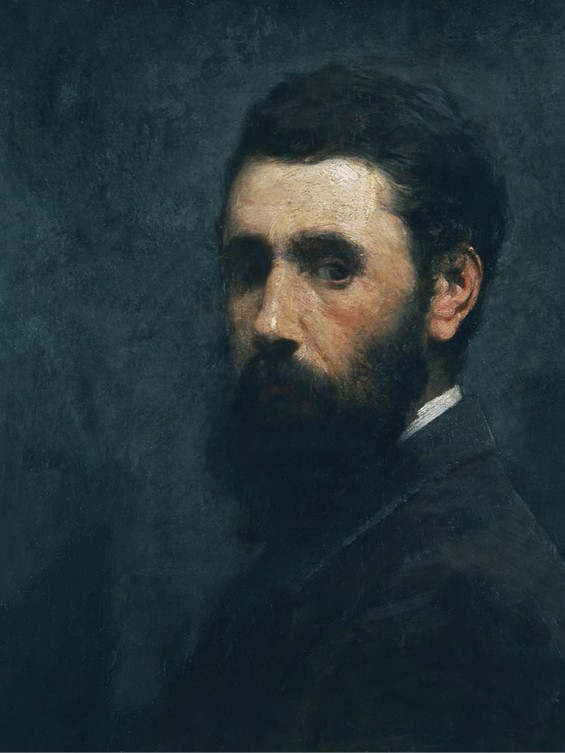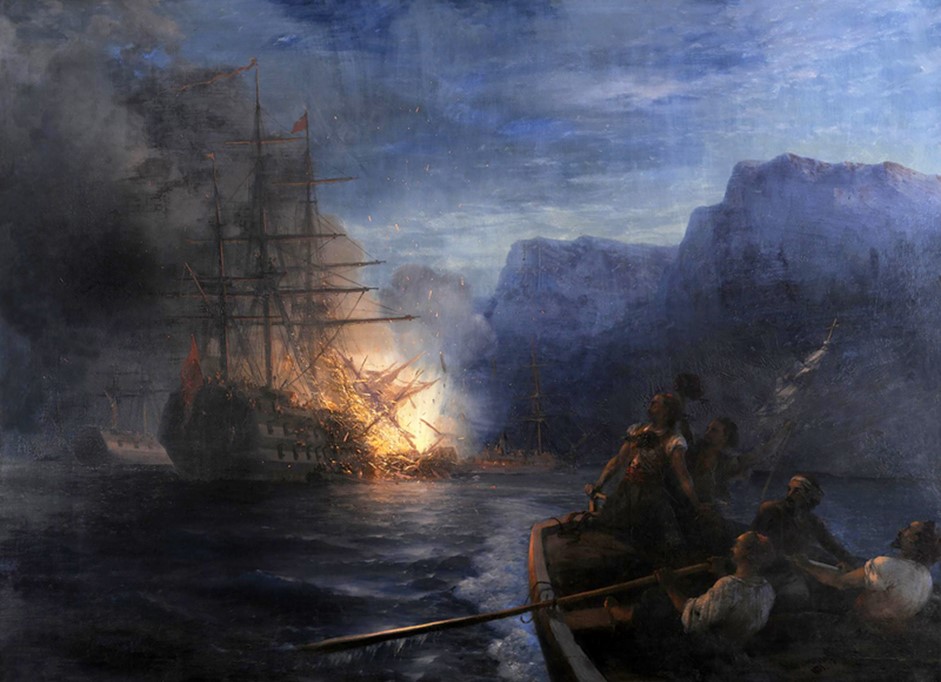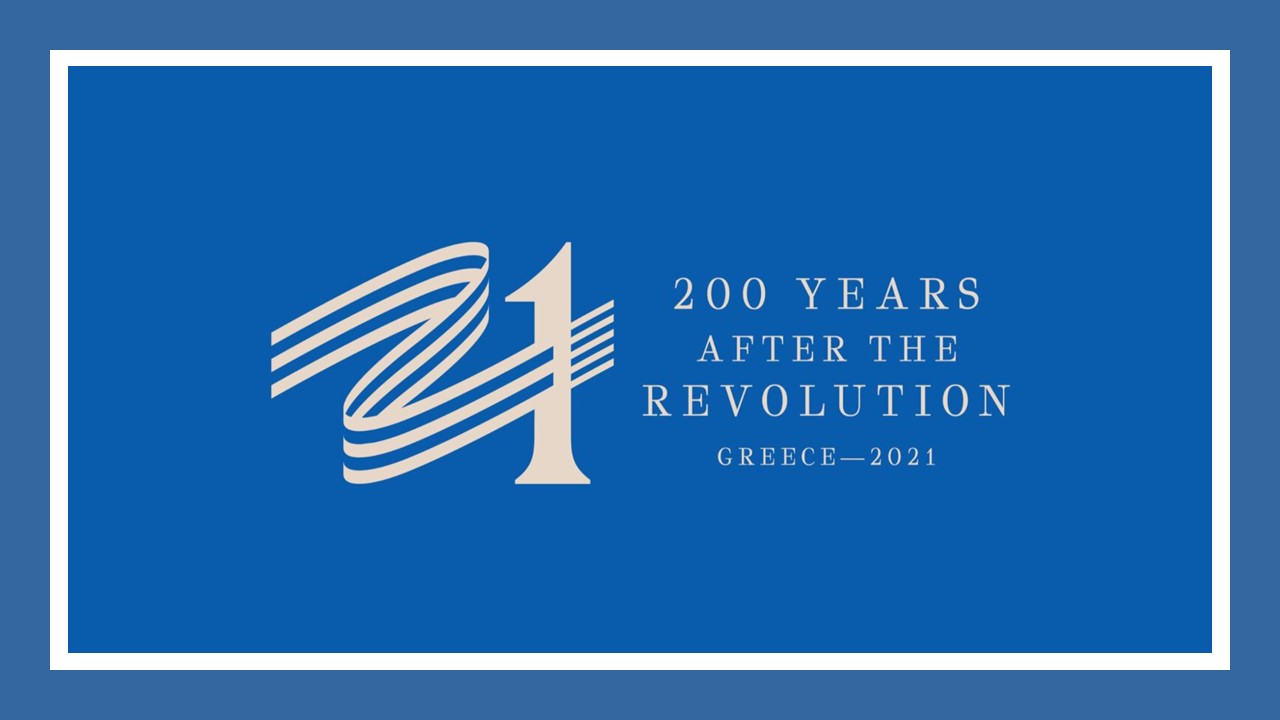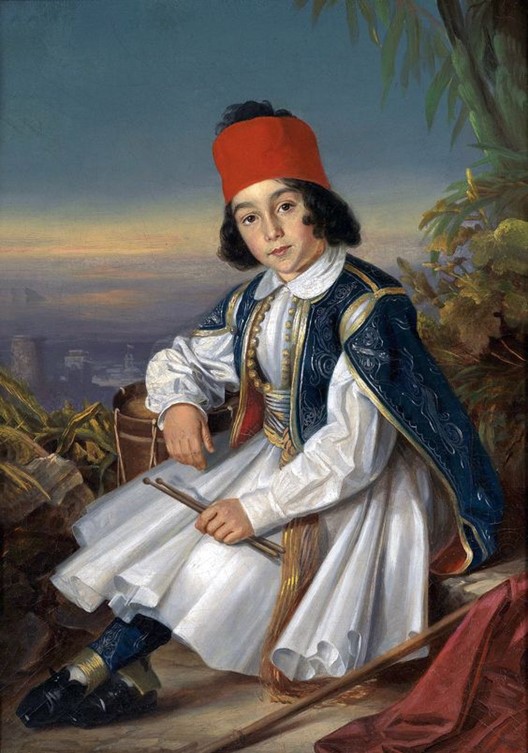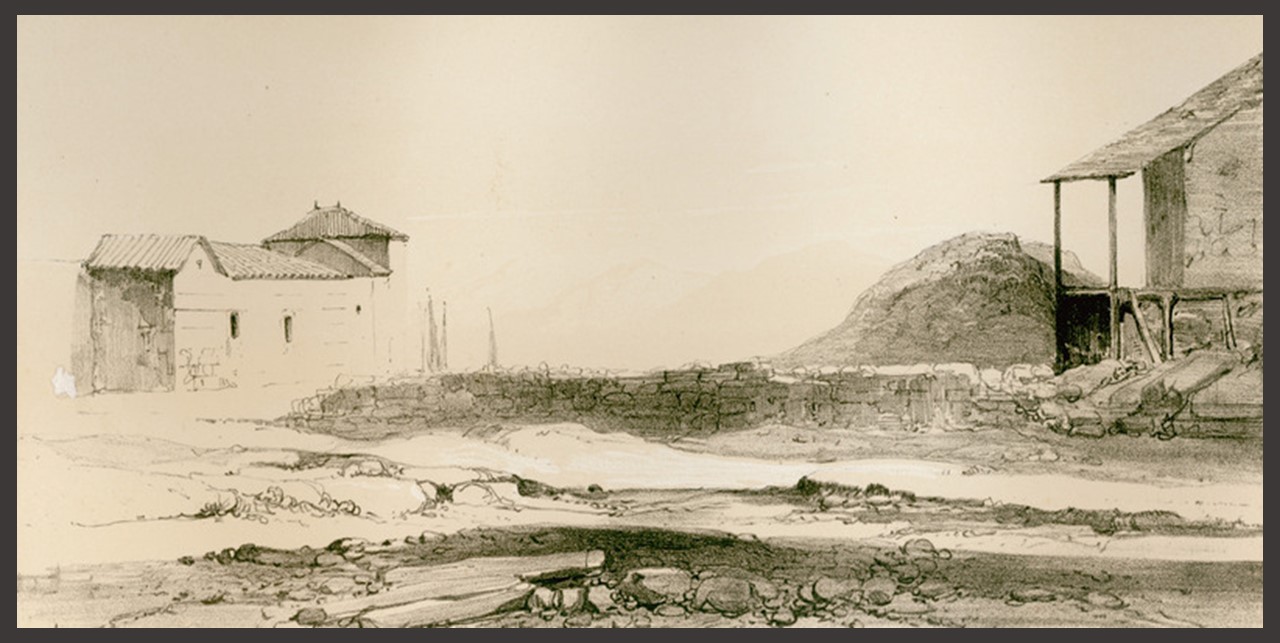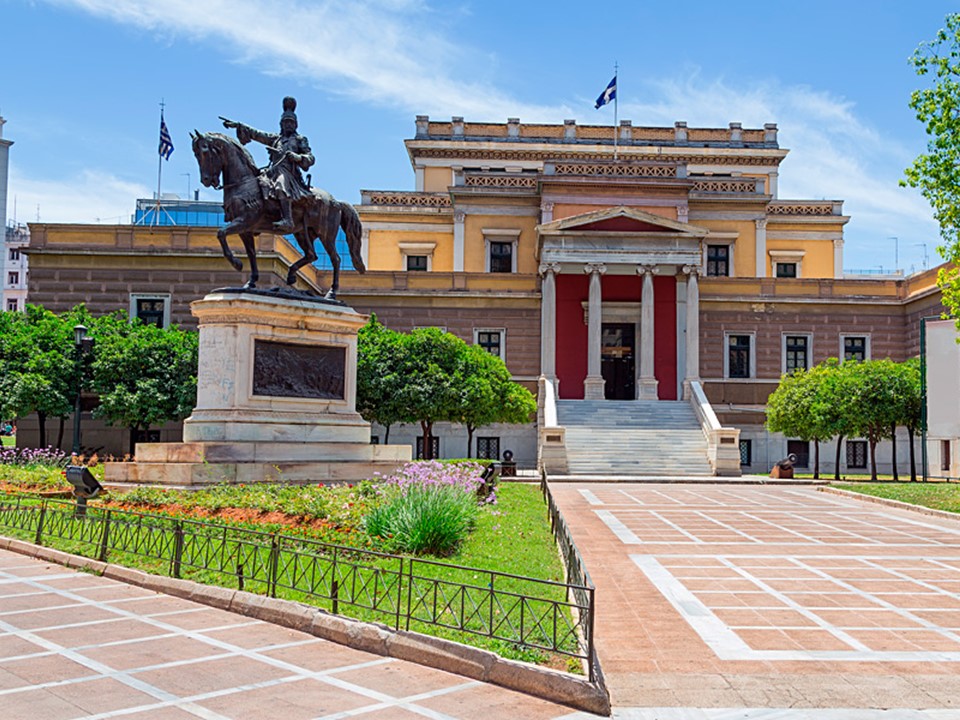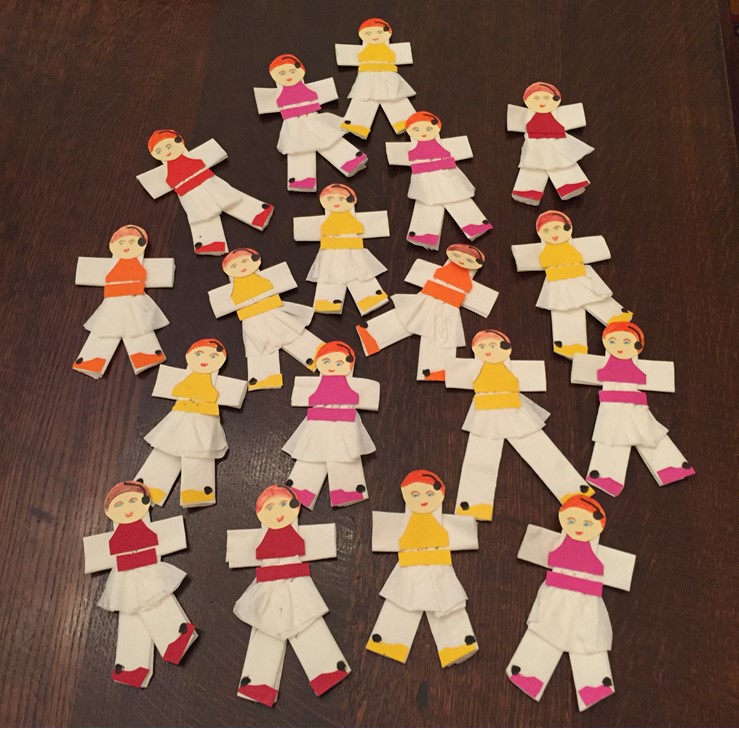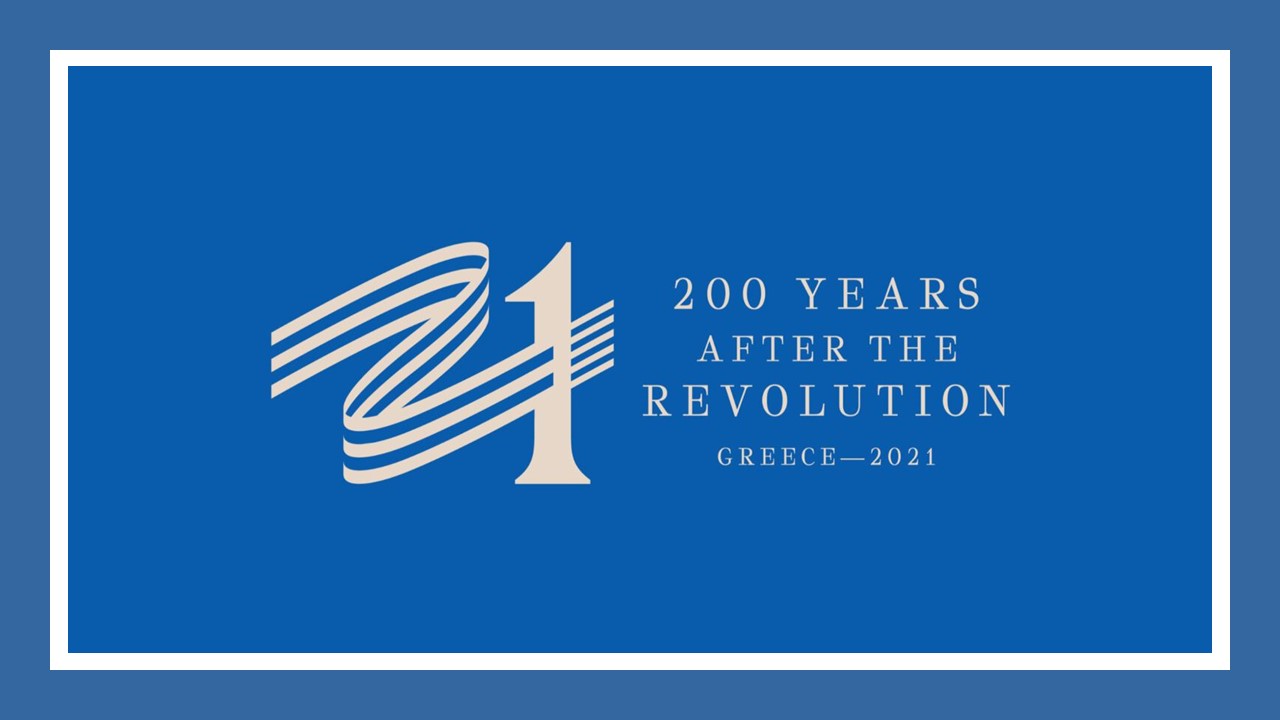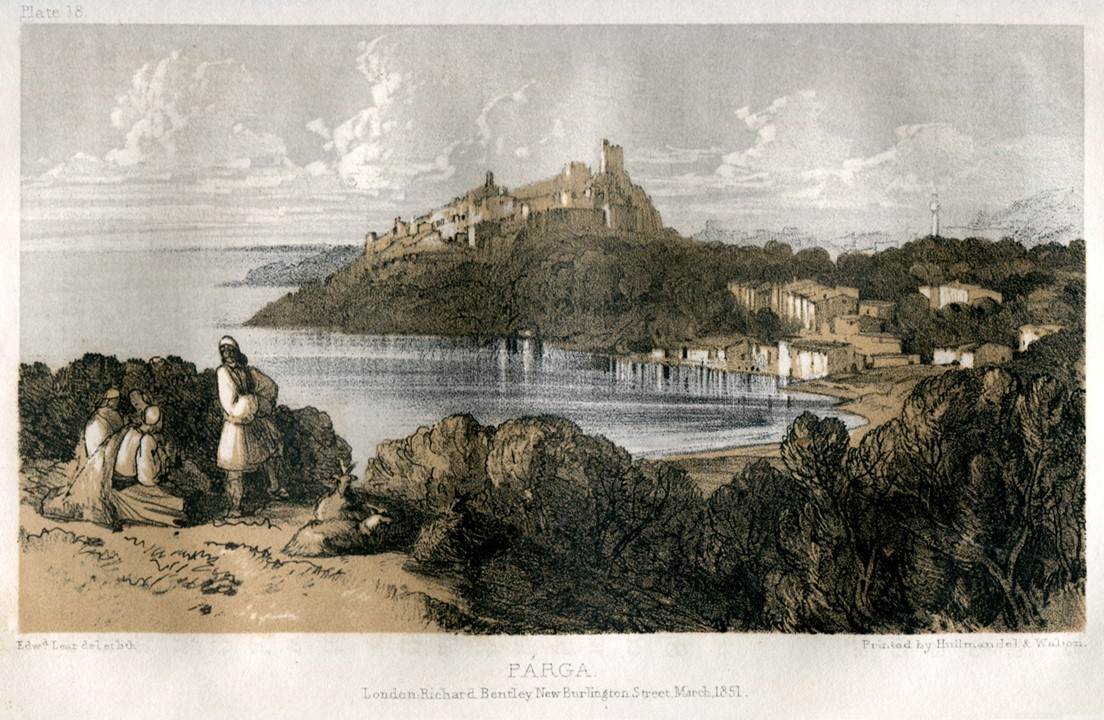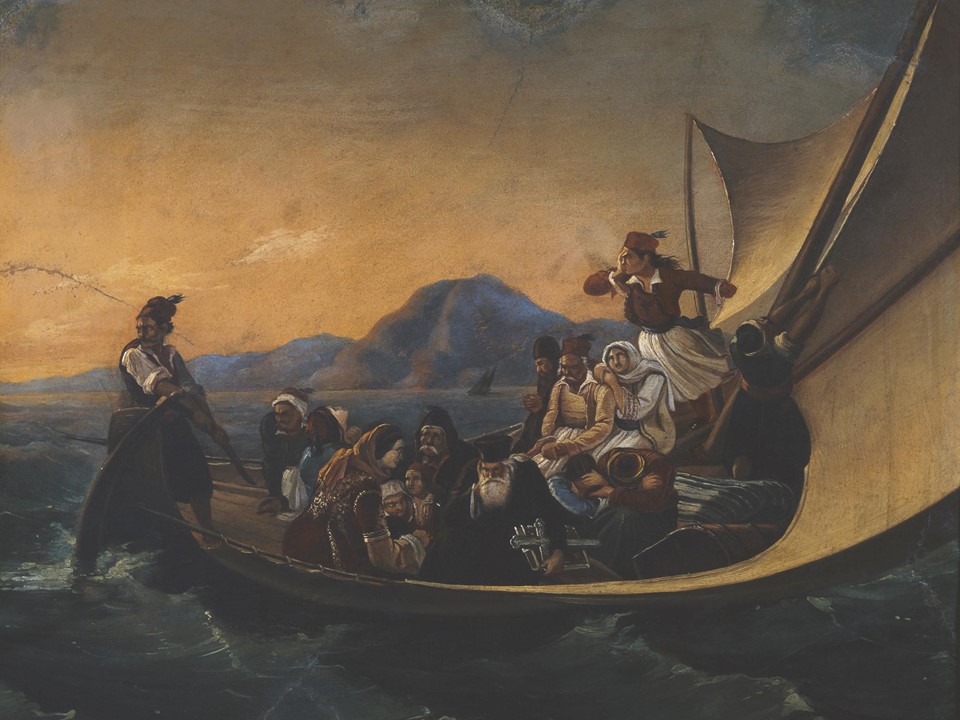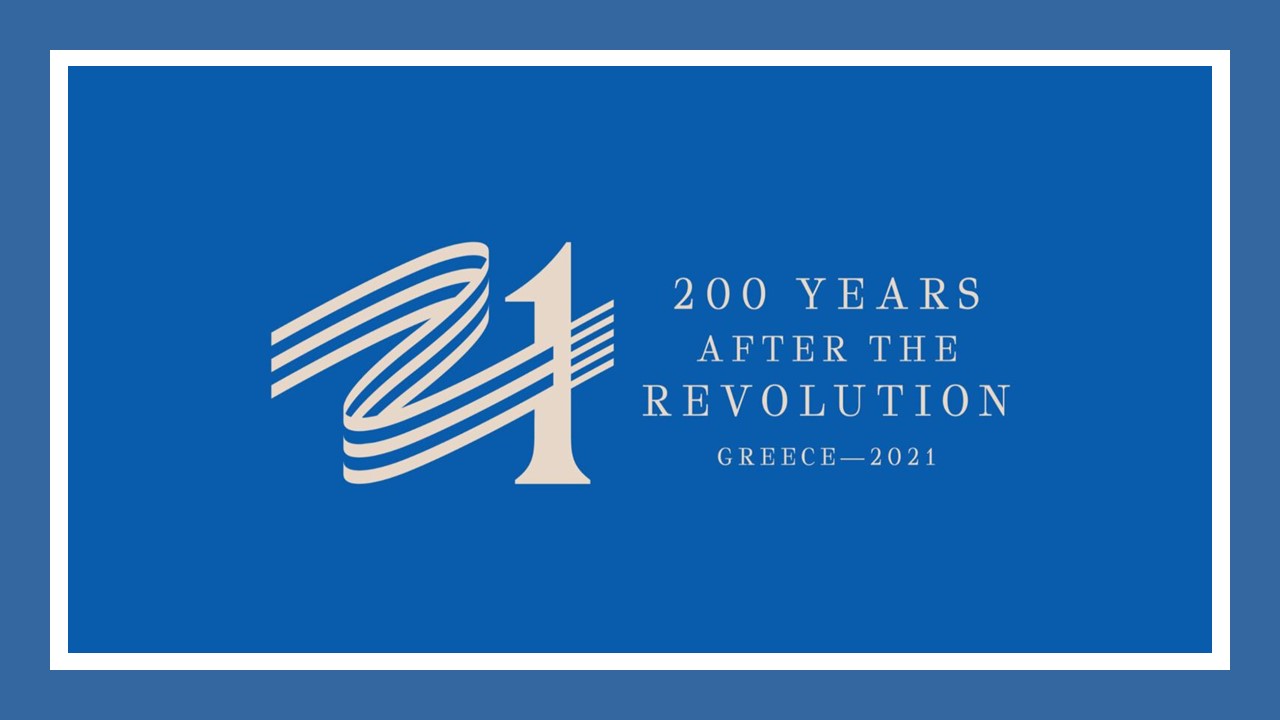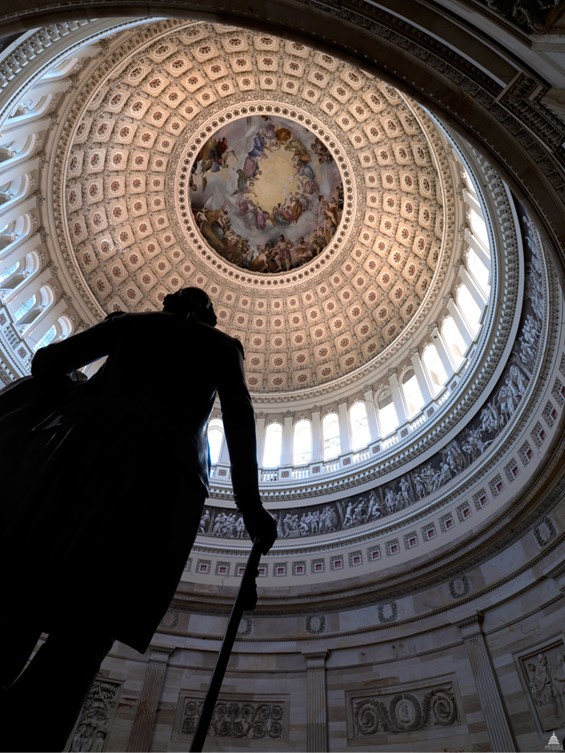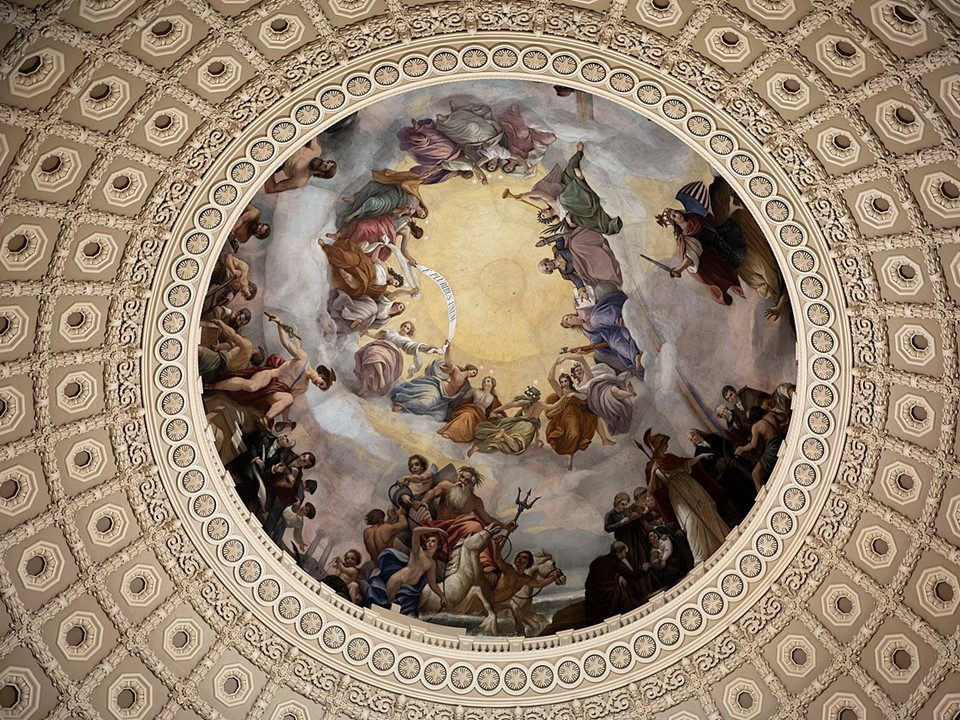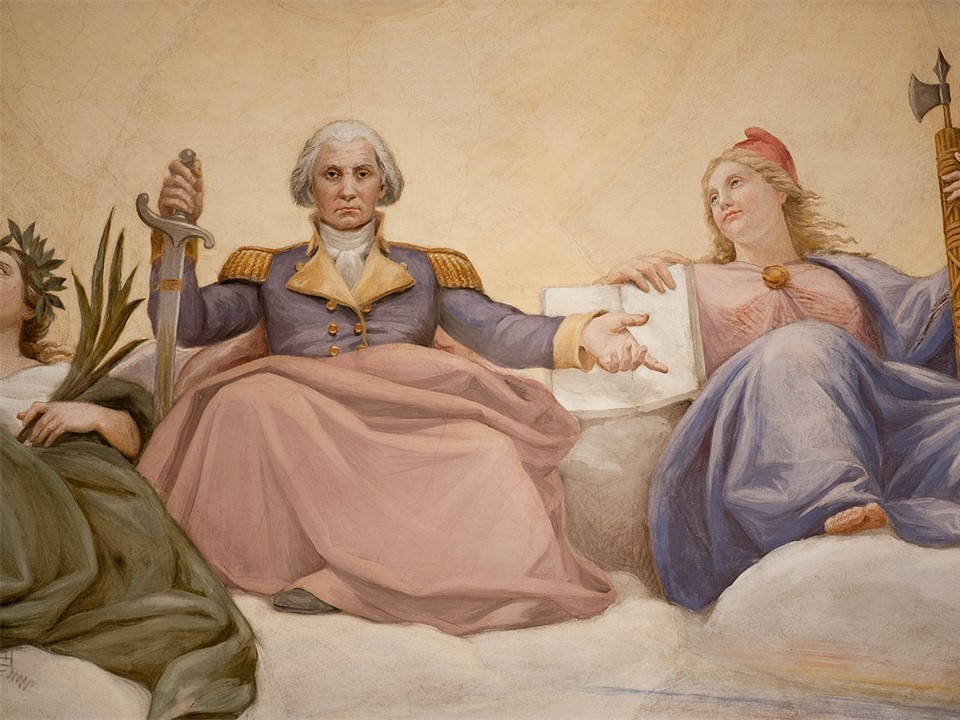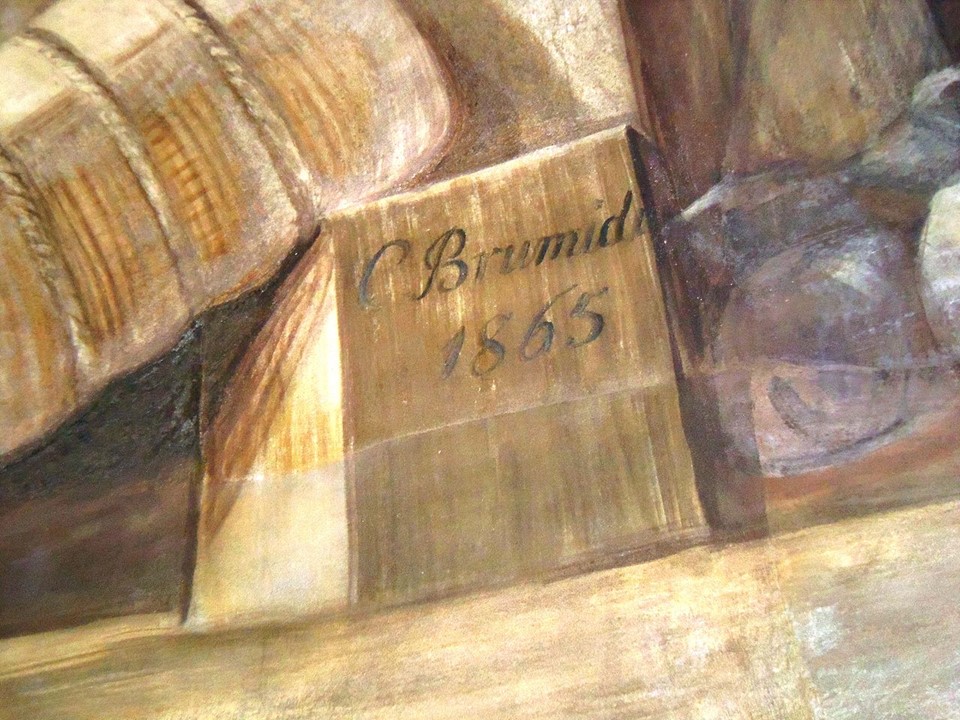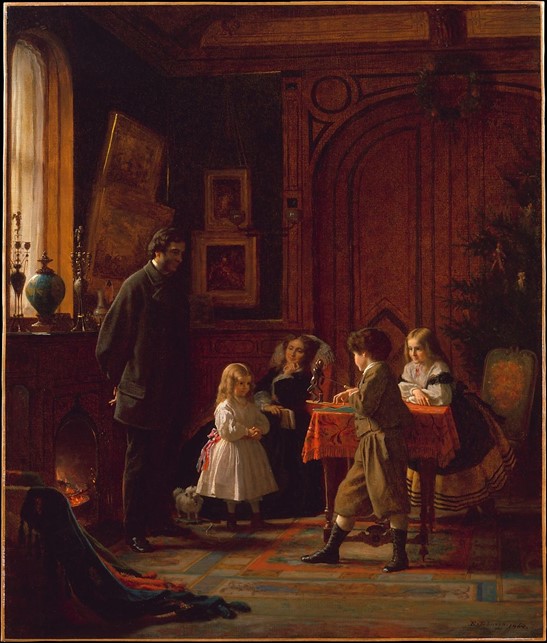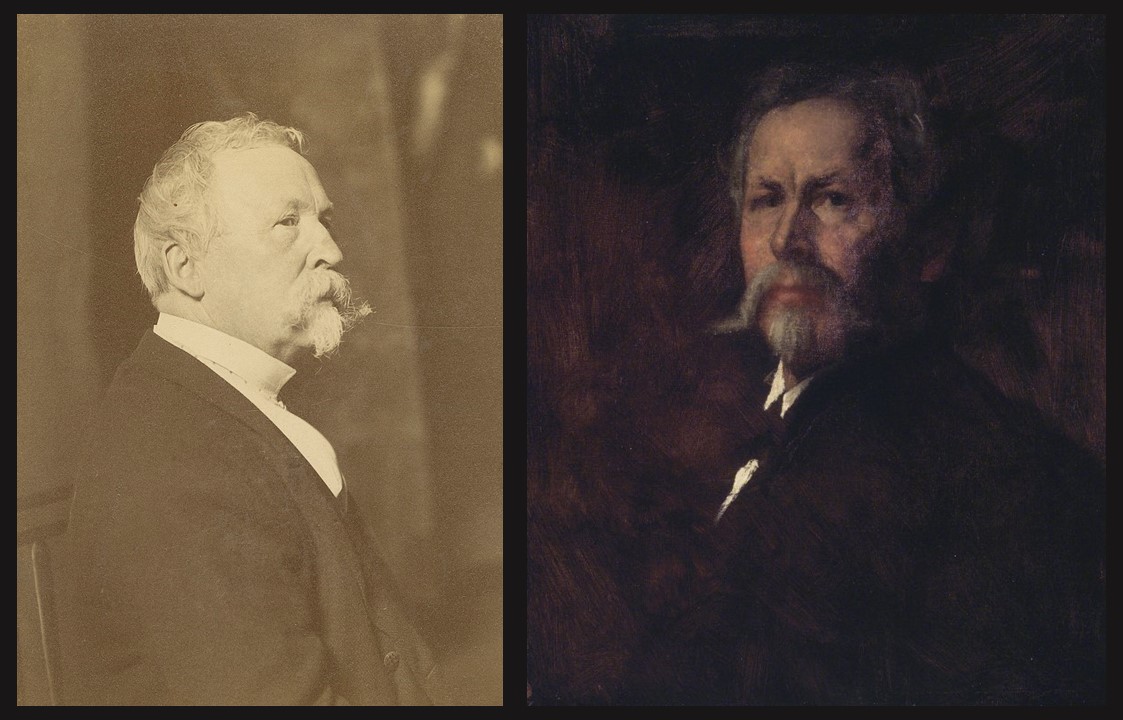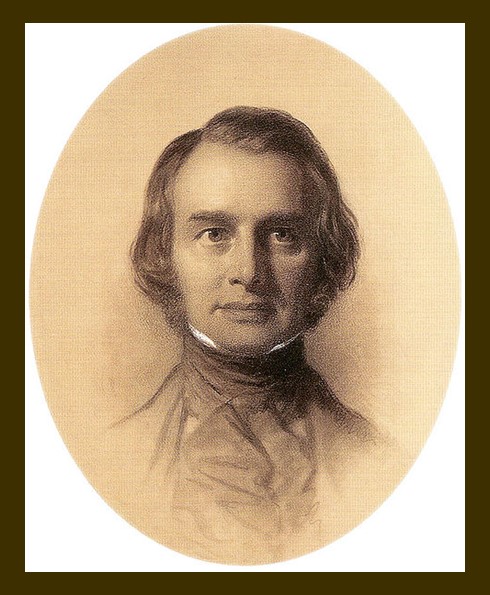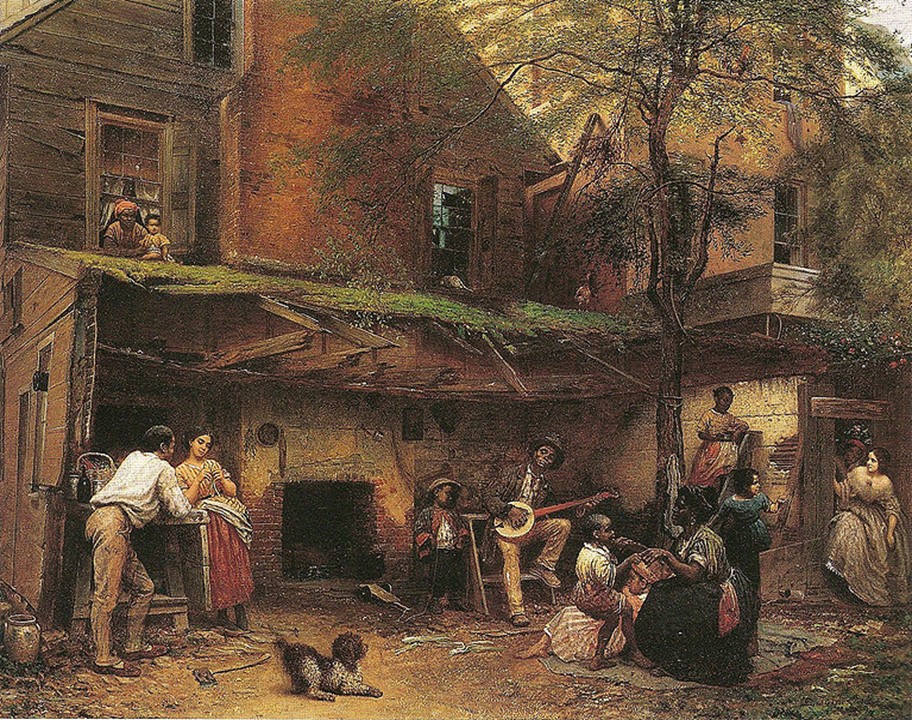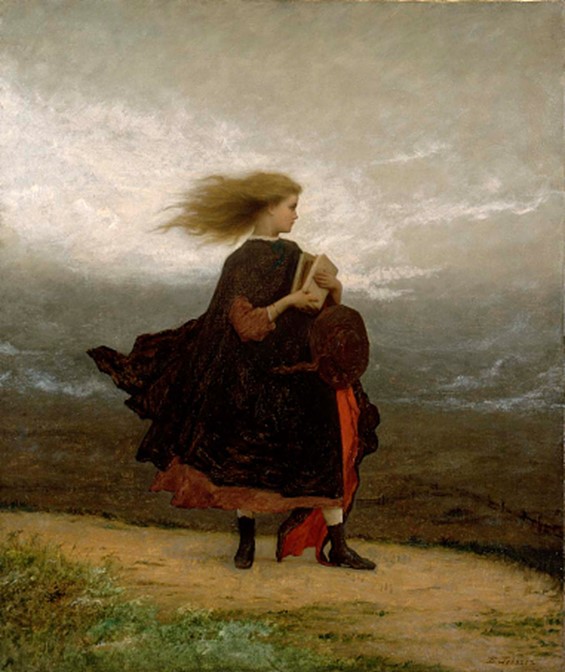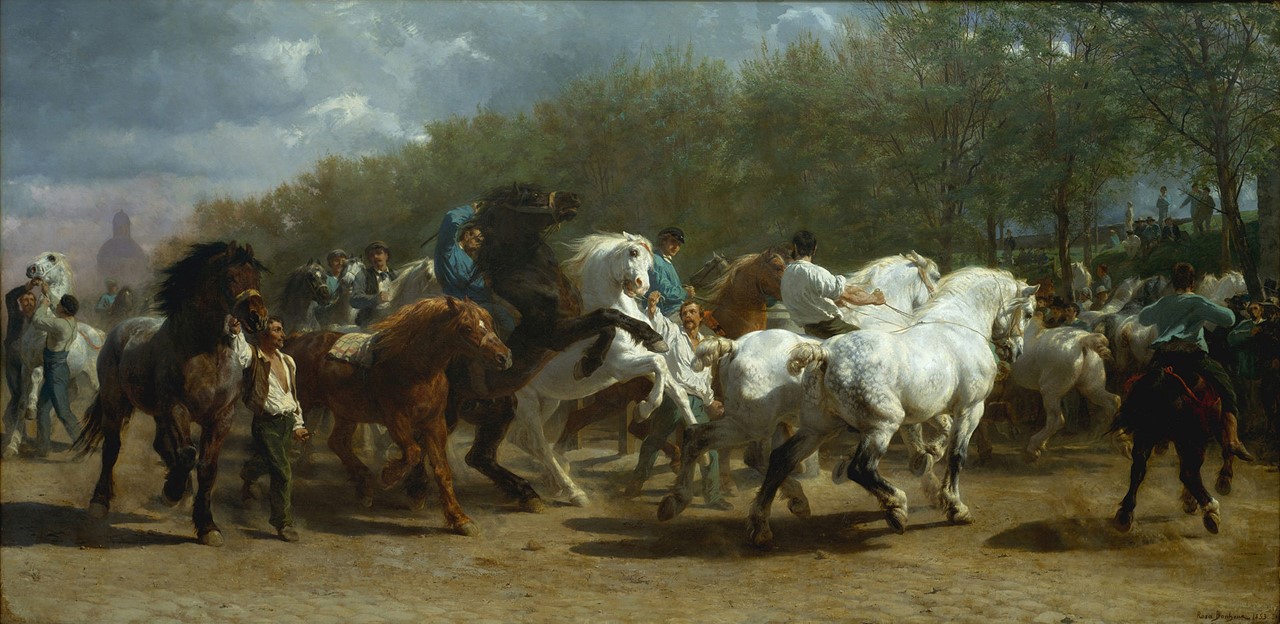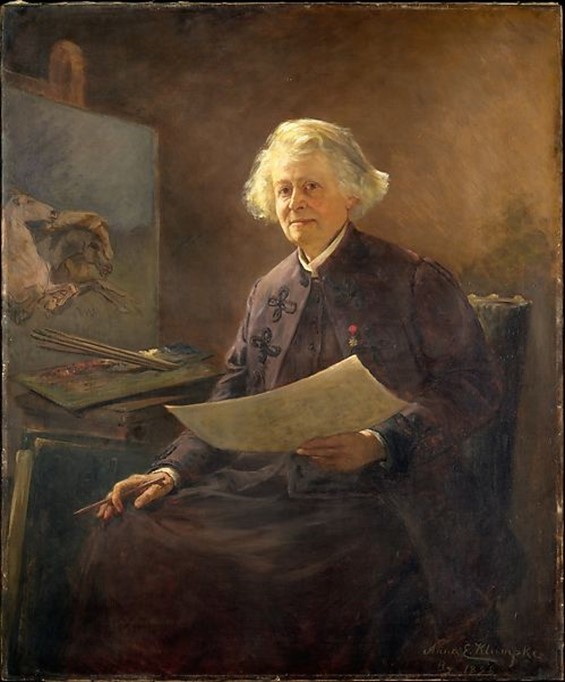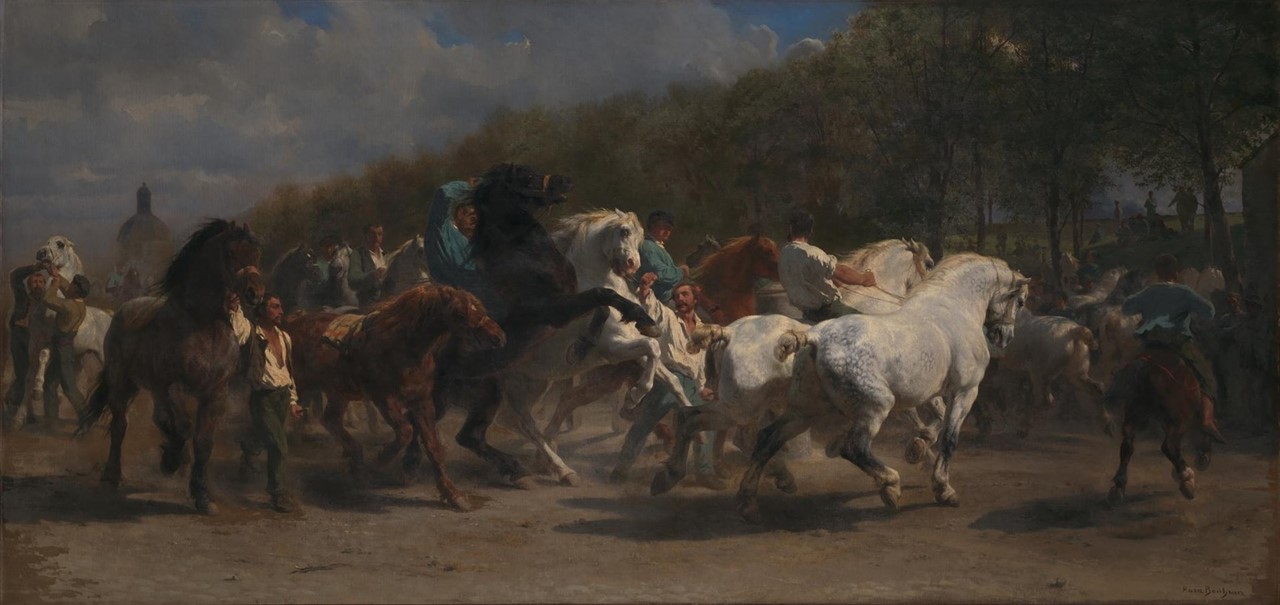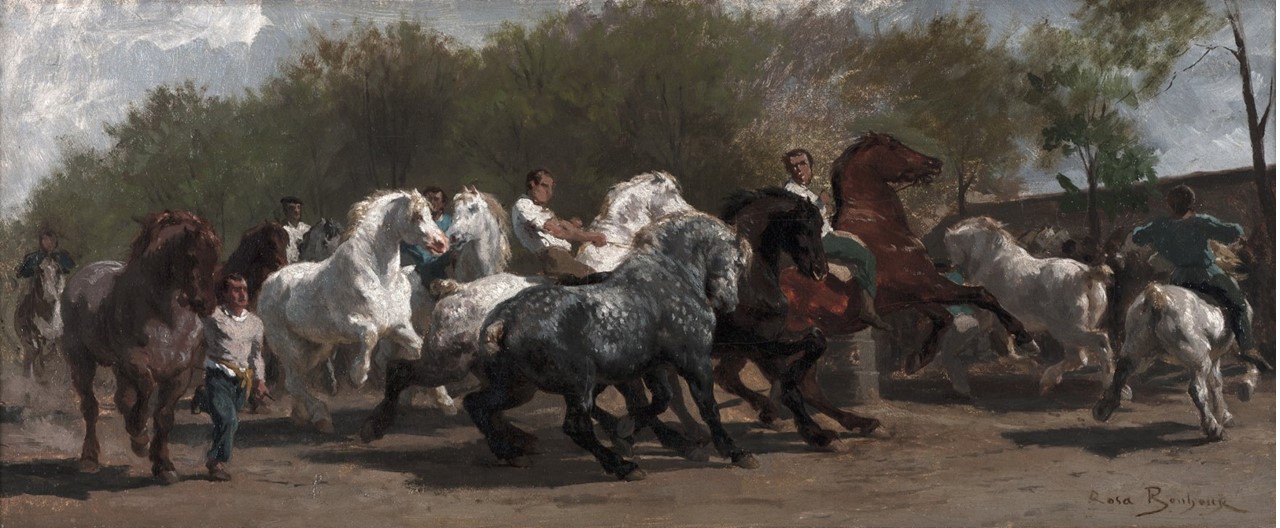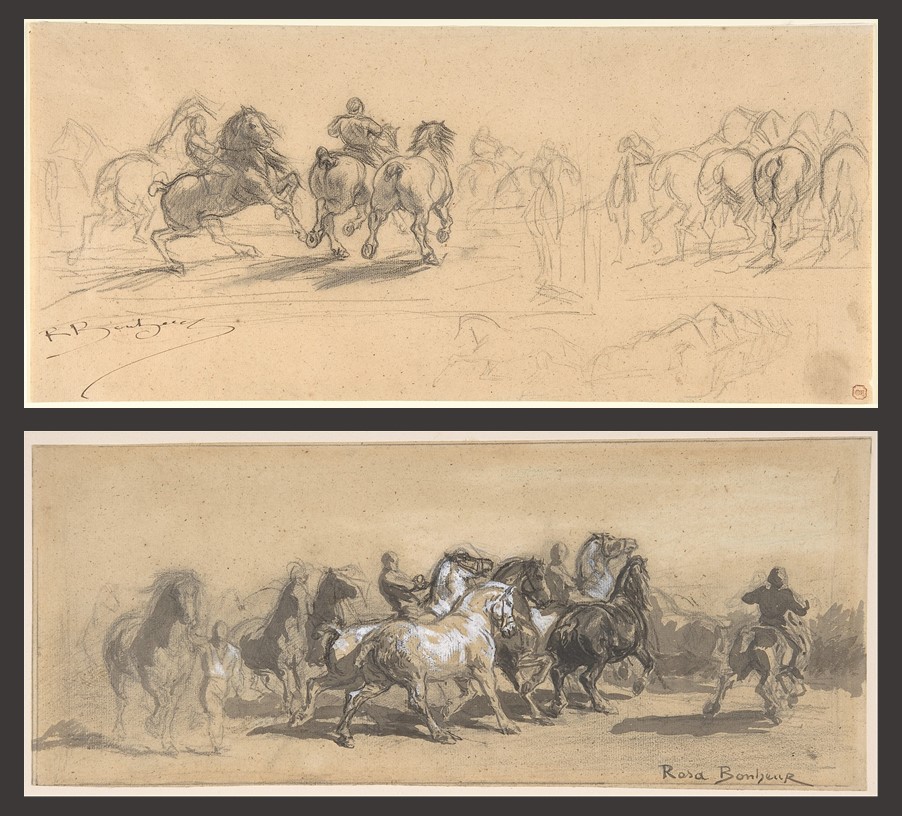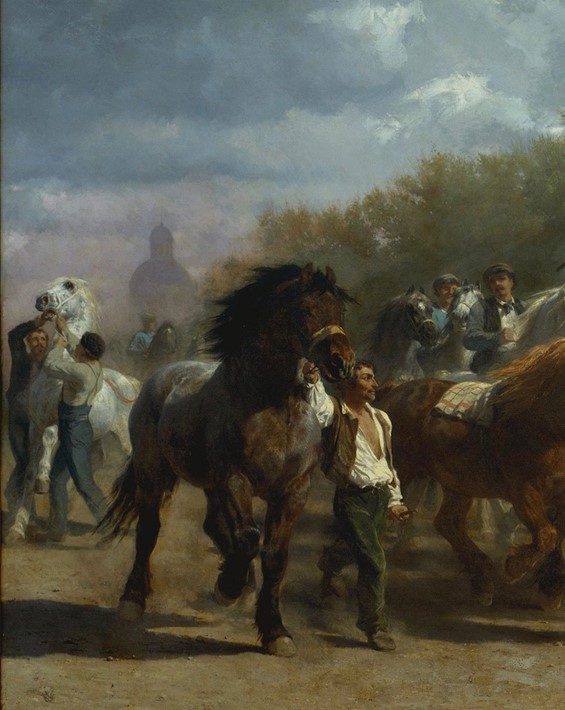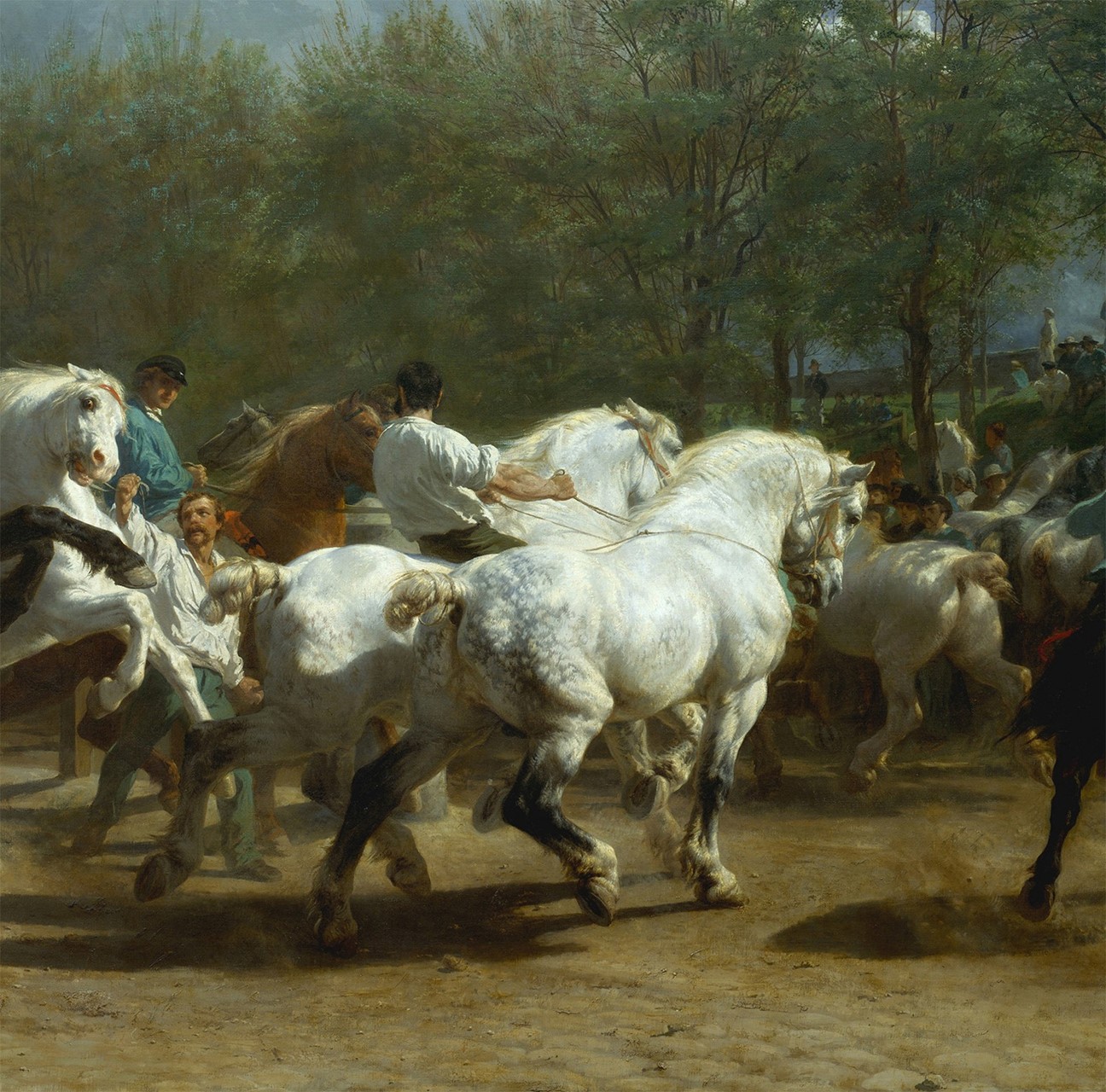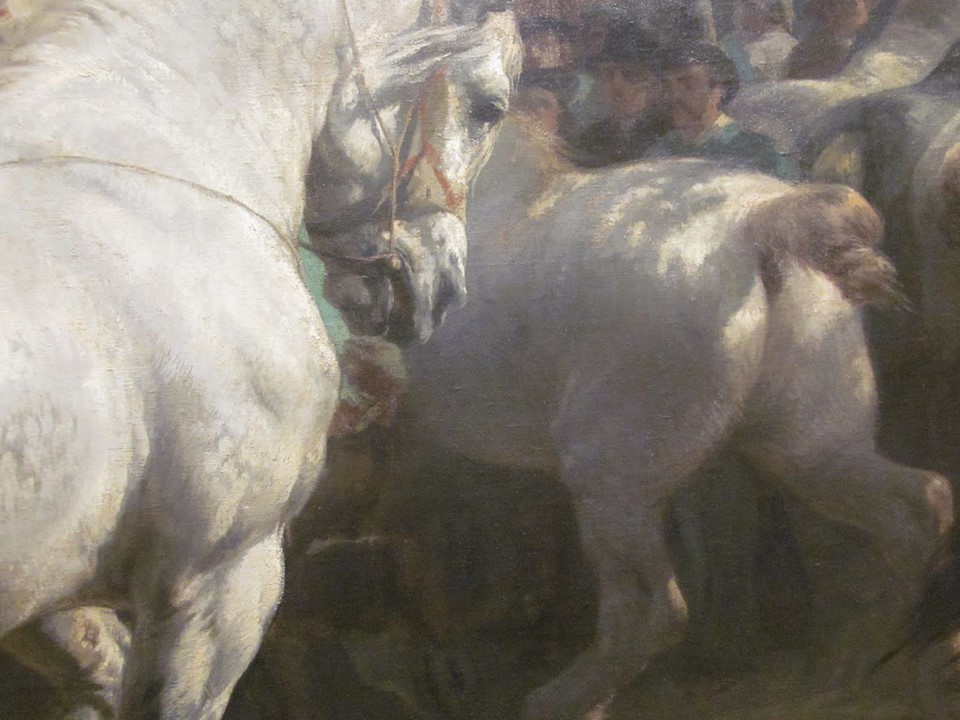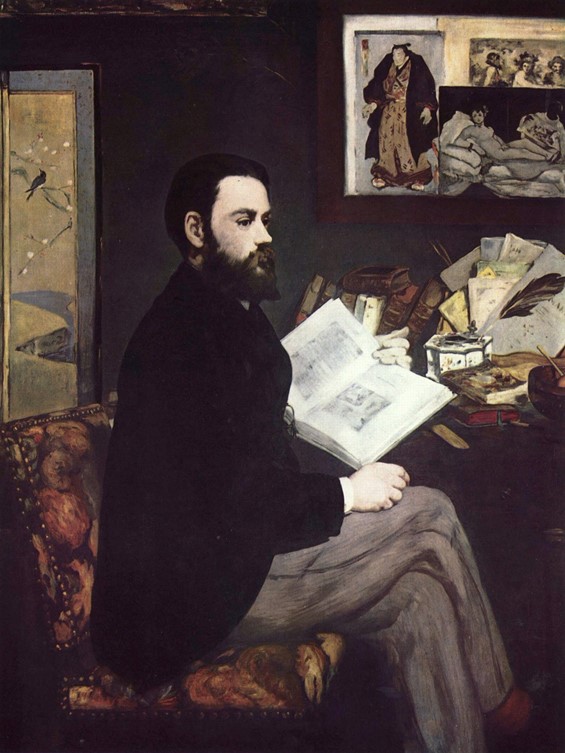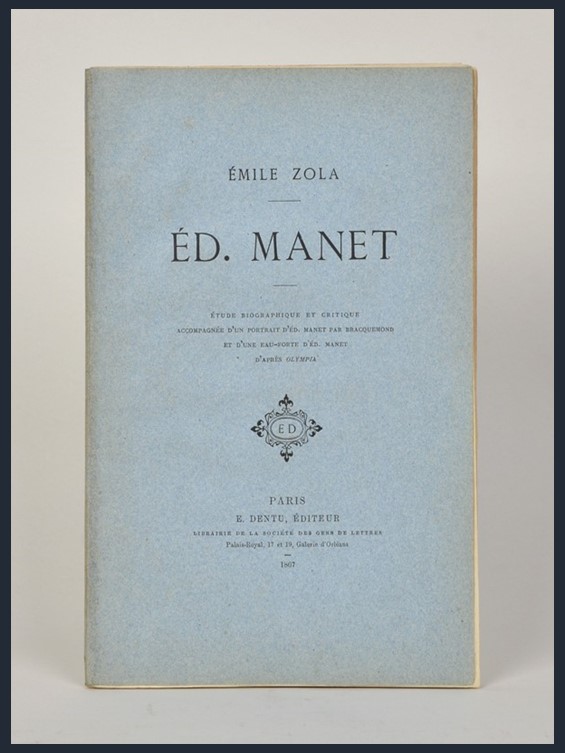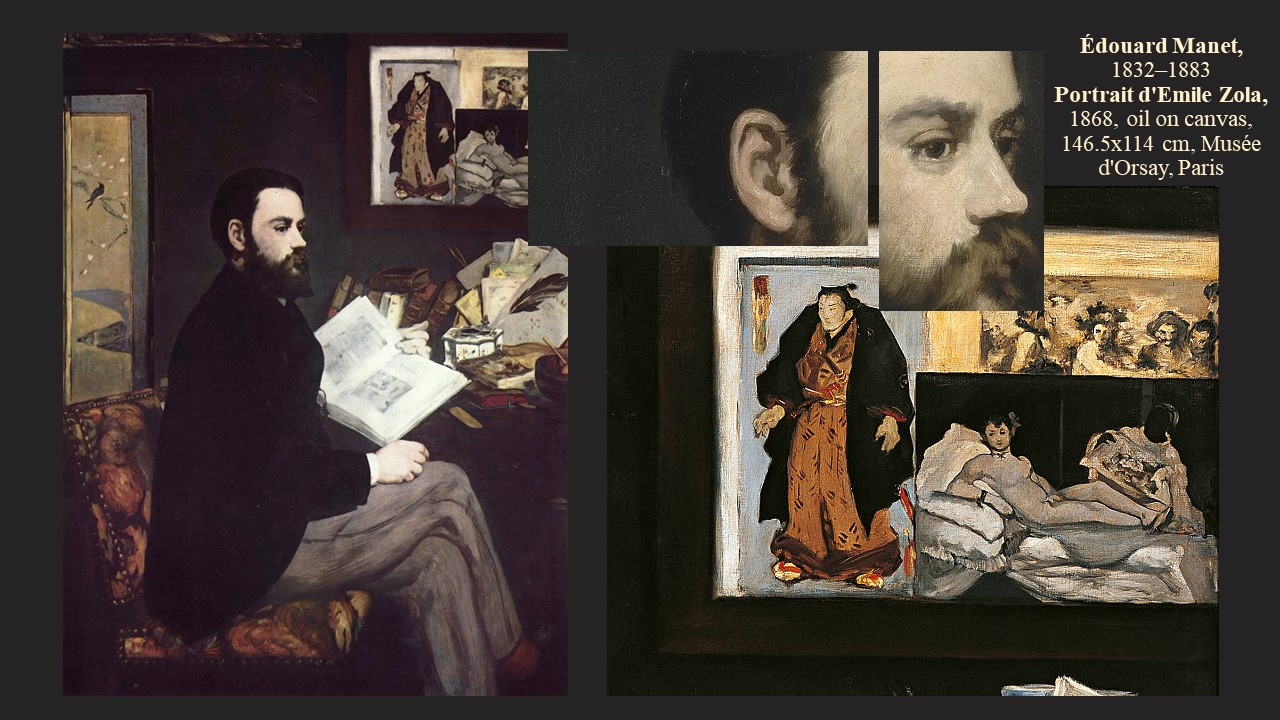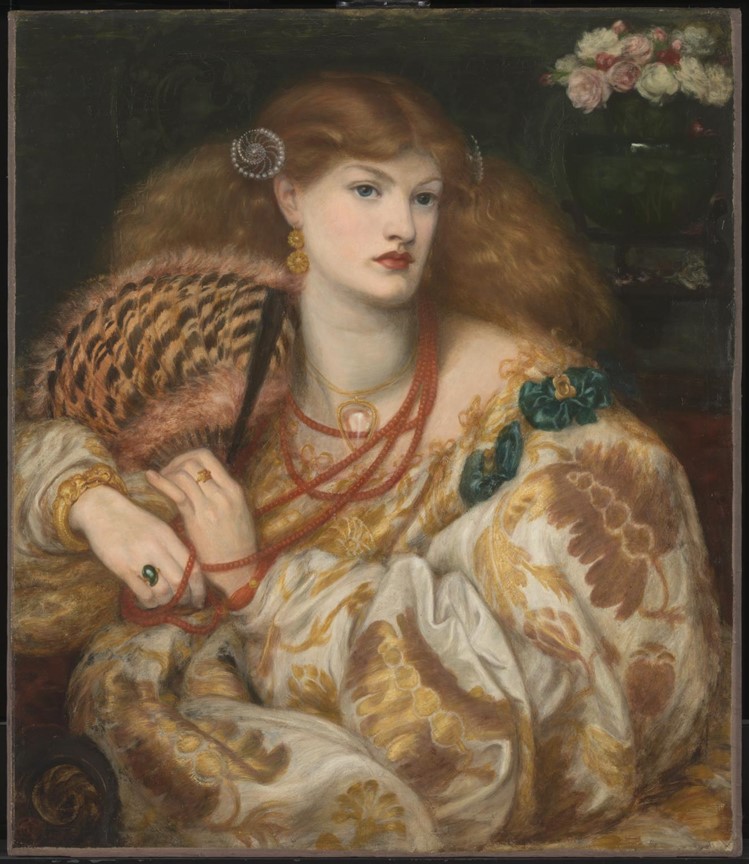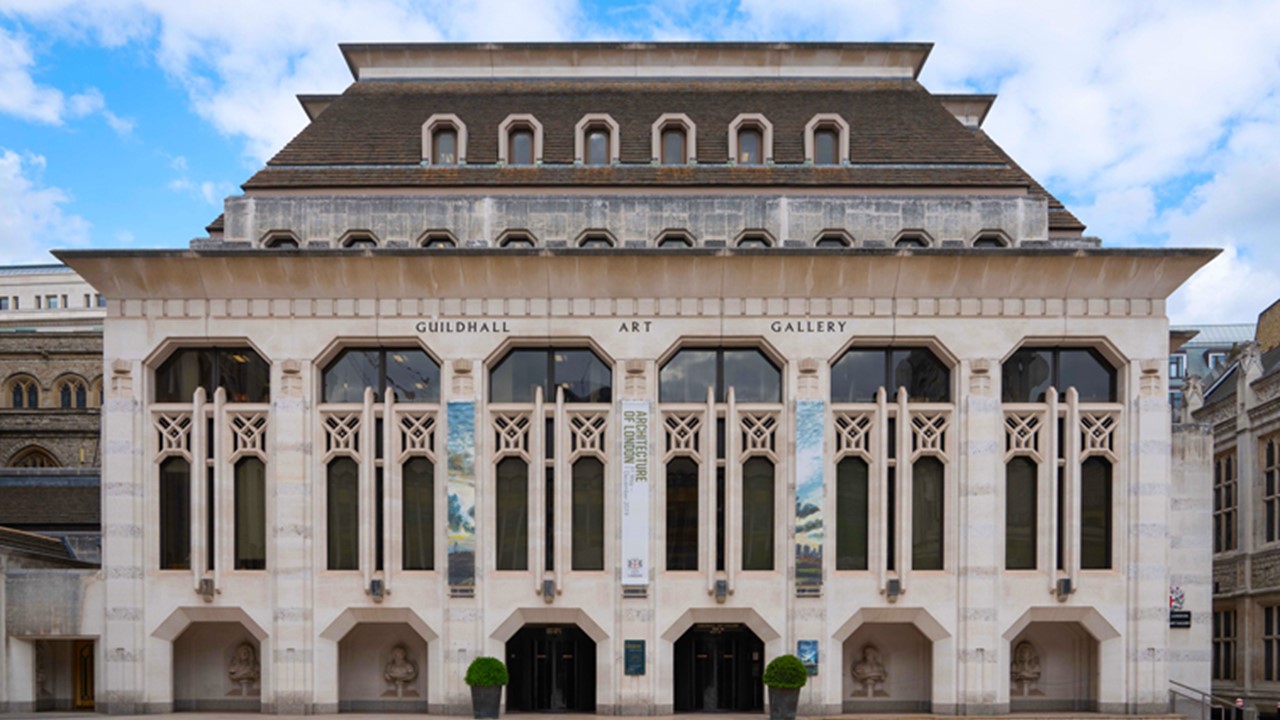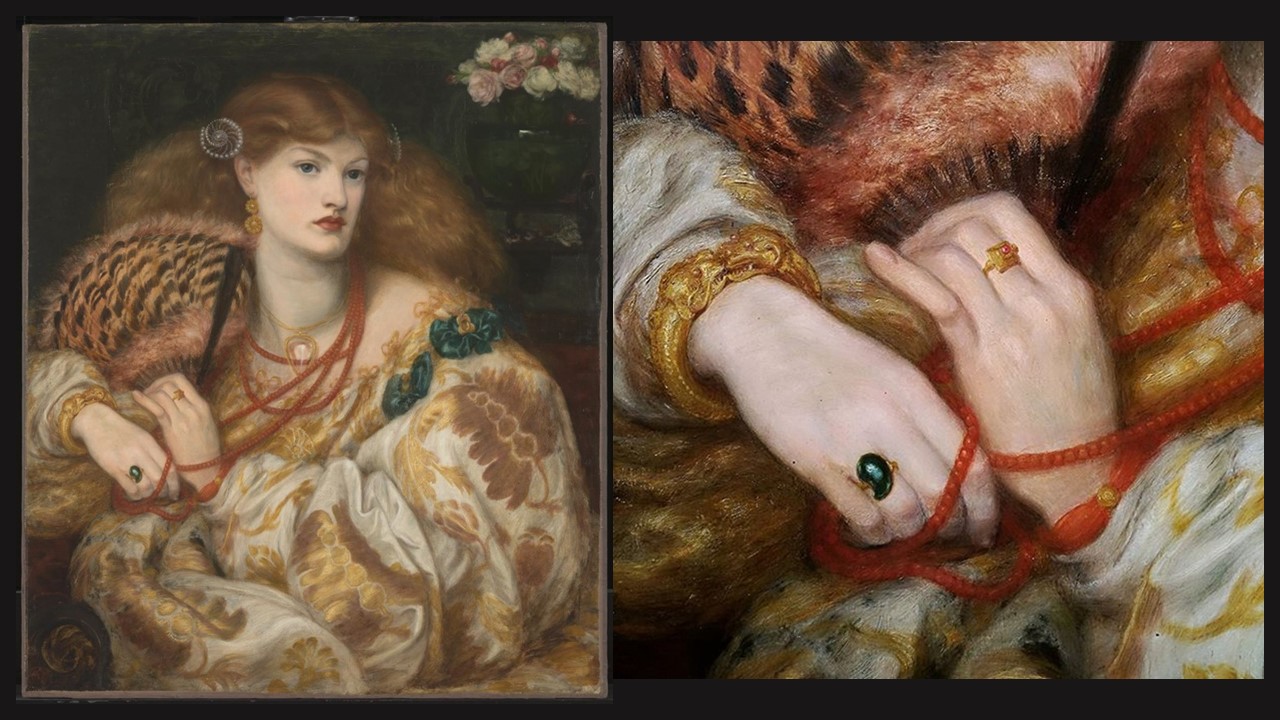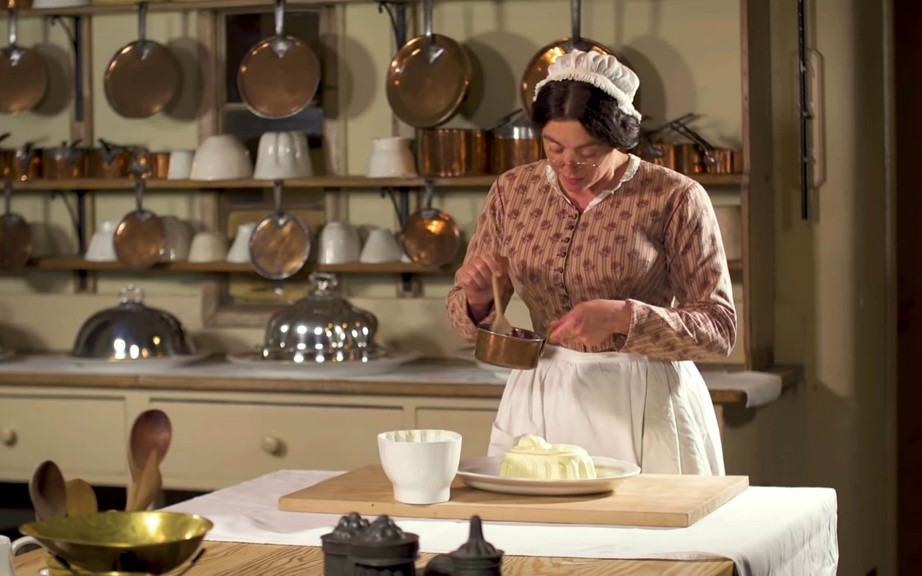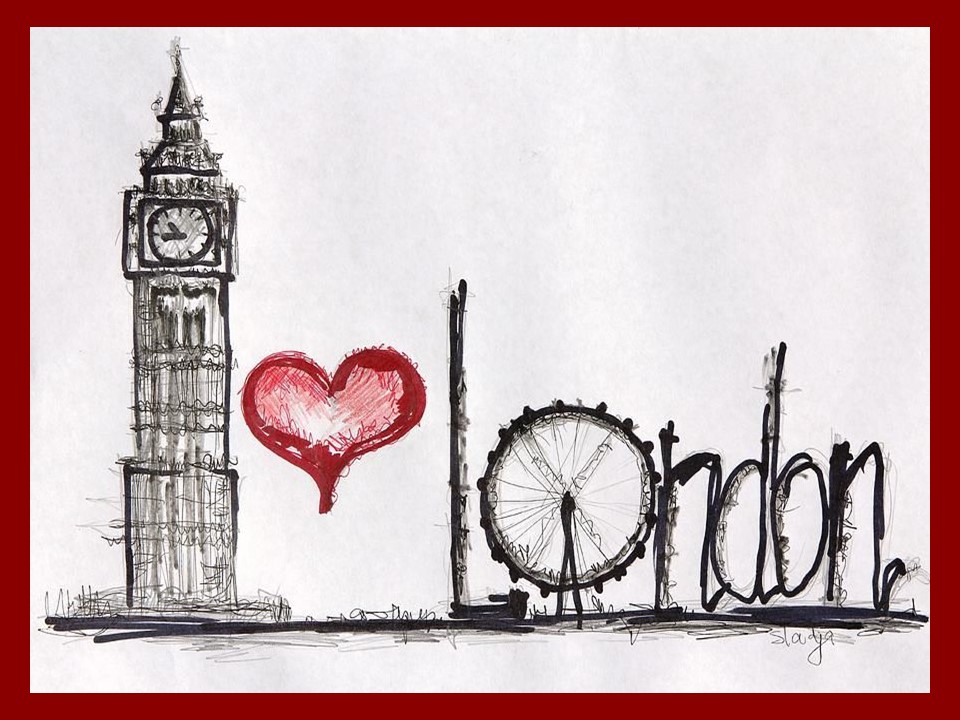
Idle Hours, 1894, oil on canvas, 90.17×64.77 cm, Amon Carter Museum of American Art, Texas
“The first lily of June opens its red mouth. / All over the sand road where we walk / multiflora rose climbs trees cascading / white or pink blossoms, simple, intense / the scene drifting like colored mist. / The arrowhead is spreading its creamy / clumps of flower and the blackberries / are blooming in the thickets. Season of / joy for the bee. The green will never / again be so green, so purely and lushly / new, grass lifting its wheaty seedheads / into the wind. Rich fresh wine / of June, we stagger into you smeared / with pollen, overcome as the turtle / laying her eggs in roadside sand.” More Than Enough is a lovely poem by Marge Piercy. Idle Hours by William Merritt Chase is a wonderful painting to make us dream of summer days… https://www.poetryfoundation.org/poems/42466/more-than-enough
My God, I’d rather go to Europe than go to heaven… William Merritt Chase apparently said back in 1872 when a group of St. Louis businessmen offered him the financial support to study in Europe. He was a young, talented man from Indiana, and the Royal Academy in Munich, Germany, was his choice for Art studies. Less distracting… compared to Paris, he probably thought… but the more Academic Munich Art scene did not keep Chase from exploring the latest in European Art. The flashy brushwork and dramatic chiaroscuro espoused by Wilhelm Leibl, Gustave Courbet‘s German friend and stylistic alter ego was what he espoused in Munich along with the painterly realism of old masters such as Peter Paul Rubens and Frans Hals. https://www.metmuseum.org/toah/hd/chas/hd_chas.htm

Self-Portrait, 1915-16, oil on canvas, 133.3×161.2 cm, Richmond Art Museum, Richmond, IN, USA
I intend to have the finest studio in New York… he told a friend… and in 1978, back in New York, he did… by renting a small studio in the prestigious Tenth Street Studio Building in Greenwich Village. That studio became the perfect setting for the elegant, debonair image he contrived for himself. He traveled back and forth to Europe, visited the latest art shows, meeting artists and collectors, exploring the modern look, experimenting with subjects of relaxation in an innovative style, and set himself to become the finest members of the American artistic community. https://www.metmuseum.org/toah/hd/chas/hd_chas.htm
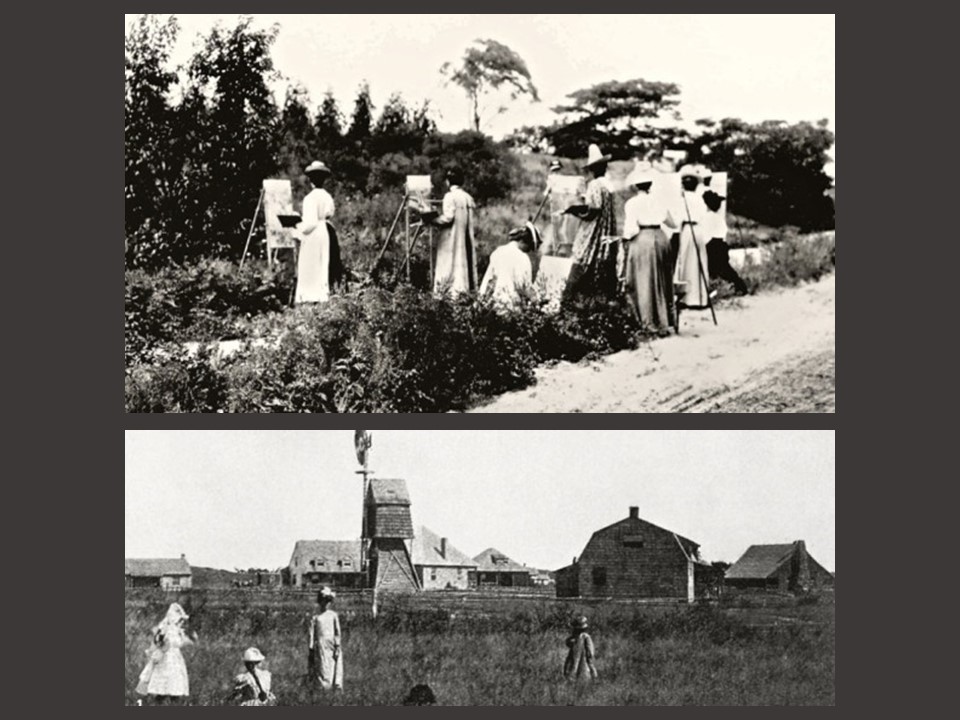
https://aaqeastend.com/contents/the-art-village/
In 1891 William Merritt Chase became the leading Art Teacher of the prestigious, but equally popular and fashionable, Shinnecock Summer School on Long Island. He was happy at Shinnecock as he was able to practice open-air painting for twelve consecutive summers in an elegant environment he enjoyed. He taught two days every week and then… I imagine him in his veranda… overlooking the ocean, among members of his family, content and overwhelmed by the changing effects of light, creating some of his finest, vivid landscapes.
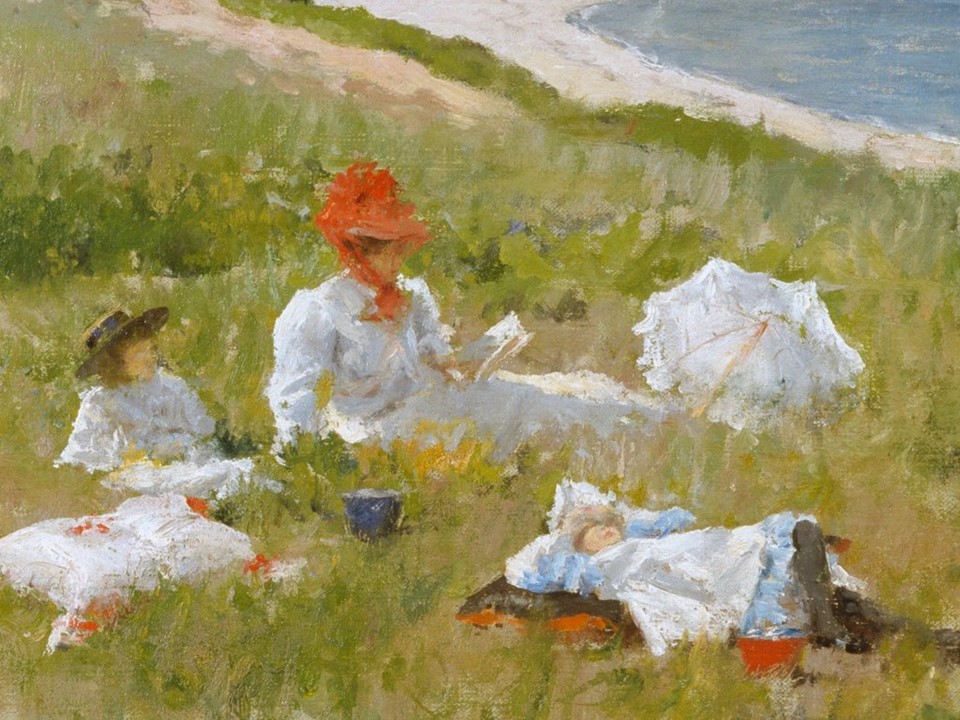
Idle Hours (detail), 1894, oil on canvas, 90.17×64.77 cm, Amon Carter Museum of American Art, Texas
https://gallerythane.com/products/william-merritt-chase-fine-art-print-idle-hours
To celebrate the Summer Solstice of 2021, I chose to present the 1894 painting Idle Hours by William Merritt Chase exhibited today at Amon Carter Museum of American Art in Texas. The painting shows the artist’s wife in a red bonnet with two of her daughters and possibly his sister-in-law. The group enjoys a perfect day of sunshine and sea breeze while indulging in the idyllic pastime of reading outdoors. The Shinnecock dunes and beach, the yellowy, summer greens of the landscape and the flickering light, create a painting of summer bliss I particularly enjoy… and hope, you will enjoy as well… https://artsandculture.google.com/asset/idle-hours-william-merritt-chase/aAGRt5_rnKp-qw and https://www.wga.hu/html_m/c/chase/idlehour.html
For a Student Activity, please… Check HERE!
